
How to Use an Induction Hob: The Ultimate Beginner's Guide
Induction hobs are quickly becoming a kitchen essential, praised for their speed, efficiency, and sleek design. Unlike traditional gas or electric cooktops, induction hobs use electromagnetic energy to directly heat your cookware. This might sound high-tech, but it’s actually straightforward once you understand the basics. Whether you’re new to induction cooking or transitioning from another cooking method, this comprehensive guide will help you get the most out of your hob.
What Is an Induction Hob?
At its core, an induction hob is a glass-ceramic surface embedded with electromagnetic coils. When switched on, these coils create a magnetic field that directly heats the pan rather than the hob itself. That’s the big difference: the heat is generated in the pan, not transferred from the surface.
Imagine placing your hand on a traditional gas burner—that’s not going to end well. But with induction, the glass remains cool to the touch (except where the pan sits), making it safer and more energy-efficient.
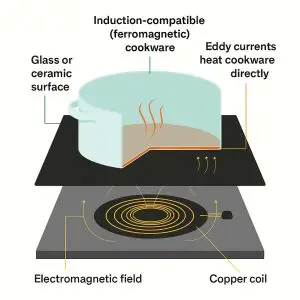
Why Choose Induction?
The appeal of induction hobs lies in their precision. If you’re the type of cook who likes control over every degree, this tech is for you. They’re also incredibly fast—water boils in about half the time compared to gas—and they’re much easier to clean. Spills don’t bake onto the surface because the hob doesn’t get hot.
If you have small children, the safety aspect is a big plus. Many models have a child lock, and zones only activate when a pan is detected.
Cookware Compatibility: Will Your Pans Work?
This is one of the most common questions new induction users have. Not all cookware works on an induction hob. You’ll need pans with a ferrous (magnetic) base. To test your existing pots and pans, try the magnet trick: if a fridge magnet sticks firmly to the bottom, it’s induction-ready.
| Material | Induction Compatible | Notes |
|---|---|---|
| Cast Iron | ✔ Yes | Excellent heat retention, always magnetic |
| Stainless Steel | ✔ Yes / ✘ No | Depends on base—must have magnetic layer |
| Enameled Steel | ✔ Yes | Magnetic core, works well if base is flat |
| Carbon Steel | ✔ Yes | Performs like cast iron, needs seasoning |
| Aluminum (bare) | ✘ No | Not magnetic unless it has a bonded magnetic base |
| Aluminum (with base) | ✔ Yes (if specified) | Check for induction symbol on packaging |
| Copper | ✘ No | Not magnetic, poor induction performance |
| Copper-core Stainless | ✔ Yes (if magnetic) | Must include a magnetic outer layer |
| Ceramic / Stoneware | ✘ No | Non-magnetic, unless integrated with induction base |
| Glass | ✘ No | Not magnetic, and not suitable for induction hobs |
| Non-stick (varies) | ✔ / ✘ Depends | Only if pan’s base is magnetic |
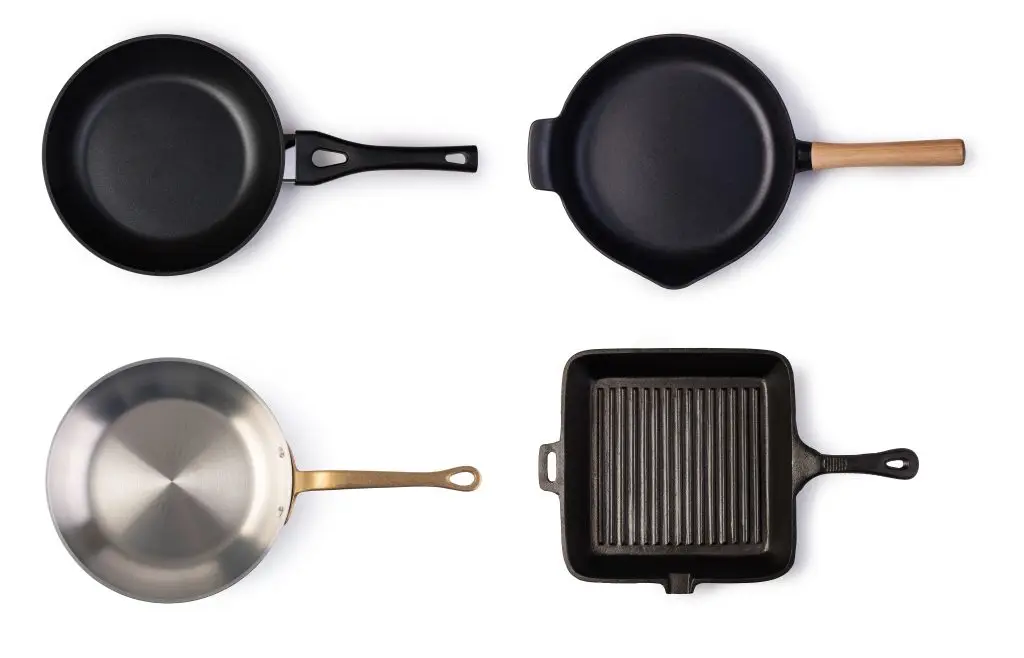
Getting Started: A Step-by-Step Guide
Step 1: Power Up
Turn on your hob using the power button. Most models use touch controls, though some may have physical buttons or dials.
Step 2: Choose Your Zone
Touch the zone you want to use. Some hobs light up or show a small symbol when a zone is active.
Step 3: Place Your Pan
Put your compatible pan on the selected zone. The hob detects it and won’t activate unless the pan is properly positioned.
Step 4: Adjust the Temperature
Use the + and – buttons or a slider control to set your heat level. You might start on medium and adjust as you go. For a rapid boil, some models offer a “Boost” function that maxes out the power for a short time.
Step 5: Cook with Confidence
Cook as usual, but you’ll likely notice how quickly things heat up. This means less waiting—and less risk of overcooking once you get the hang of it.
Step 6: Turn Off Safely
Once you’re done, turn off the zone and/or the main power. Most hobs show a small “H” to indicate that the surface is still hot.
Cooking Tips You’ll Actually Use
Cooking on induction may require a slight learning curve, but it’s mostly about adjusting to the speed and sensitivity. Prepping your ingredients before turning on the hob is wise—things heat up fast.
Flat-bottomed pans make the best contact, leading to even heating. Don’t be surprised if your hob makes faint clicking or humming sounds; that’s just the electronics at work.
Resist the urge to drag pans across the glass. It may be durable, but it’s not scratch-proof. If you spill, wipe it up right away. Since the surface doesn’t get very hot, most spills won’t burn on.
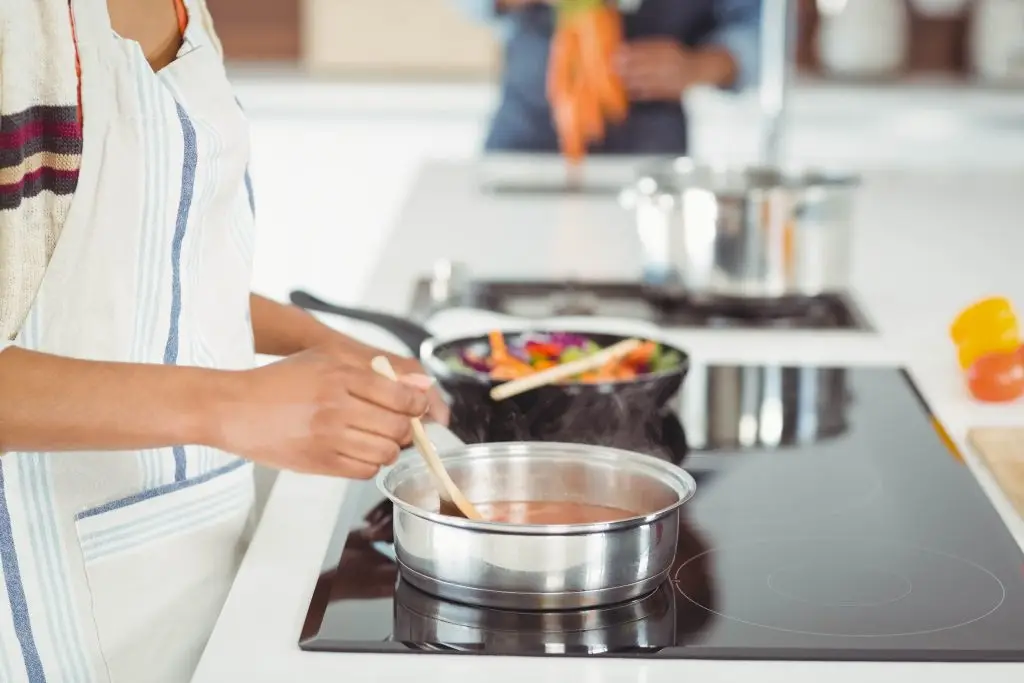
Cleaning and Maintenance: Easy Does It
Cleanup is one of the best perks of an induction hob. With no grates or burners, there are fewer nooks and crannies for food to hide.
Wait until the hob is completely cool before cleaning. Then use a soft cloth and mild detergent to wipe it down. For stubborn spots, a scraper designed for glass hobs works wonders. Avoid anything abrasive—it can scratch the surface.
Sugary spills are the exception. They can damage the glass if left to harden, so wipe them up immediately if possible.
Common Pitfalls to Avoid
- Wrong cookware: If your pan isn’t magnetic, the hob won’t turn on.
- No pan, no heat: Always place your pan before adjusting settings.
- Overheating an empty pan: This can damage both the pan and the hob.
- Ignoring the beeps: If your hob’s trying to tell you something, listen. It’s usually an easy fix.
Using an induction hob is one of the easiest ways to make your cooking faster, cleaner, and more precise. The technology might seem futuristic, but in practice, it’s all about simplicity and control. Whether you’re boiling pasta, simmering sauces, or searing steak, an induction hob delivers excellent results with less mess and more safety.
With this guide, you’re ready to cook smarter and more efficiently. So go ahead—power it on, place your pan, and start cooking like a pro.
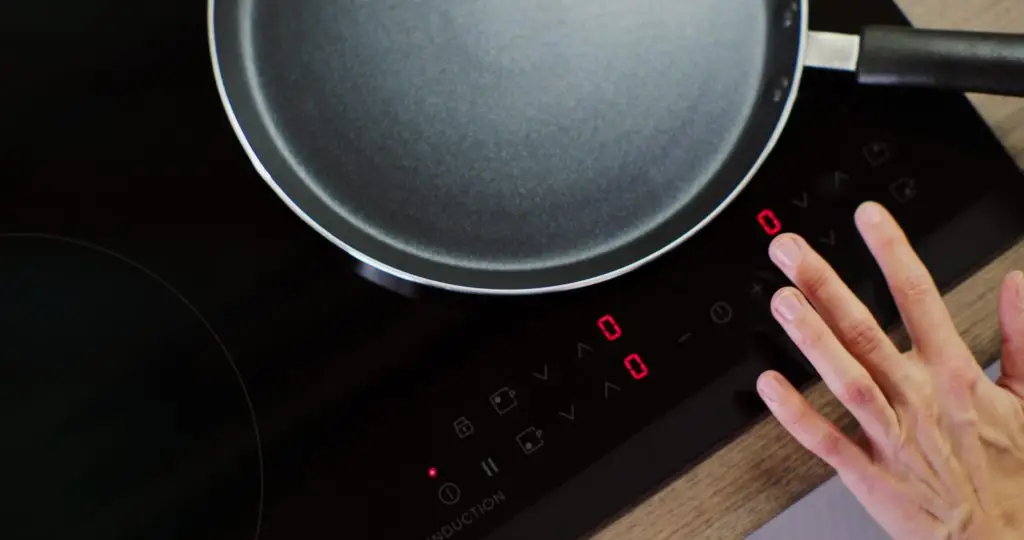
Frequently Asked Questions
- All Posts
- Cooker Hood Guides & Advice
- Dishwasher Guides & Advice
- General Appliance Guides & Advice
- Hob Guides & Advice
- Laundry Guides & Advice
- Microwave Guides & Advice
- Oven Guides & Advice
- Wine Cooler Guides & Advice
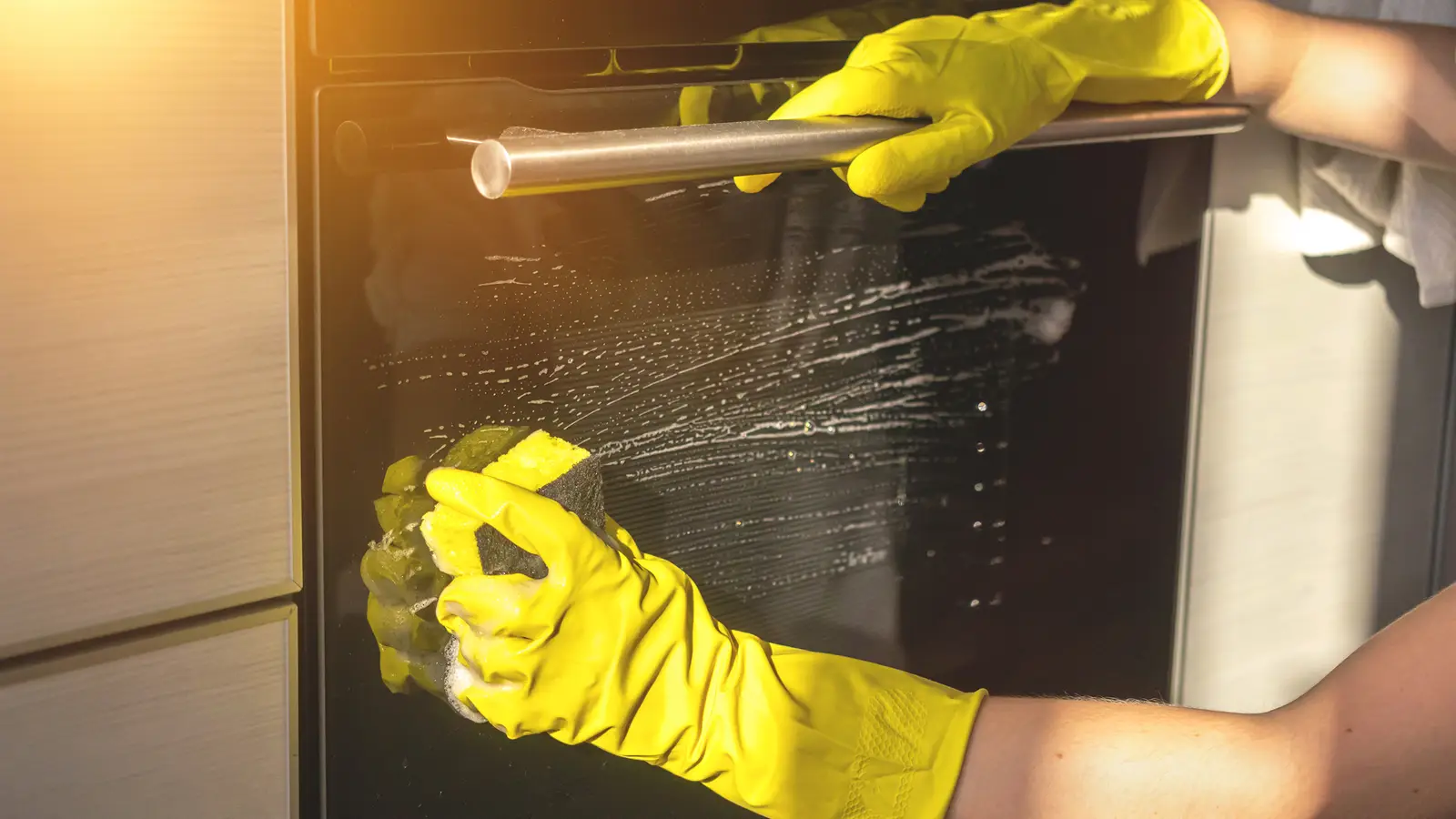
Learn how to clean glass oven door windows safely and effectively, inside and out. Follow our simple steps for clear,...
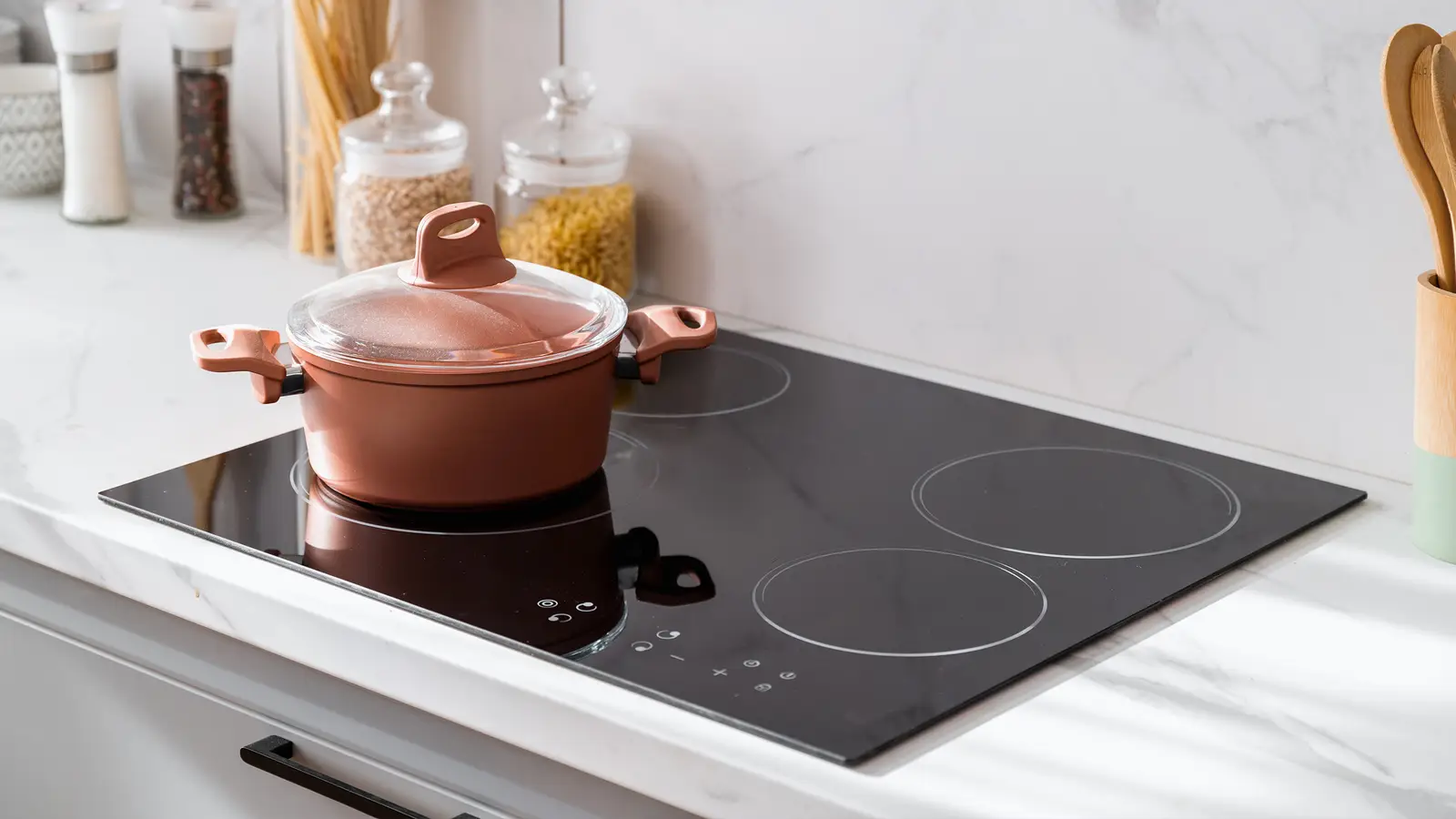
Can a ceramic hob be plugged into a normal socket? Learn the safety rules, power limits and installation advice before...
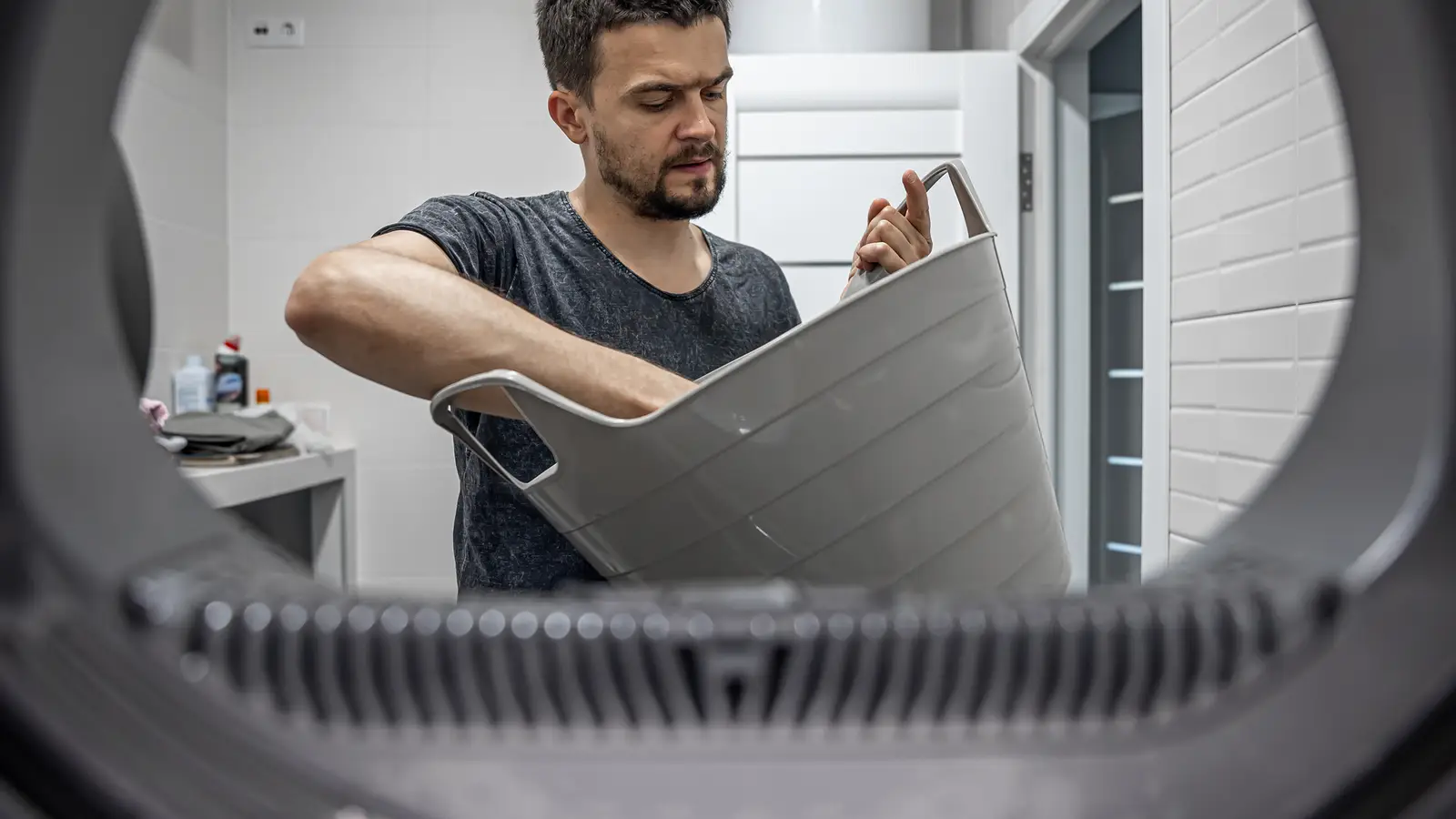
Discover how integrated washer-dryers really perform, including space, venting and drying realities. Learn what to expect before buying. Read now.

Learn what freezer burn is, how to prevent it, and keep your food fresher for longer. Follow these simple tips...
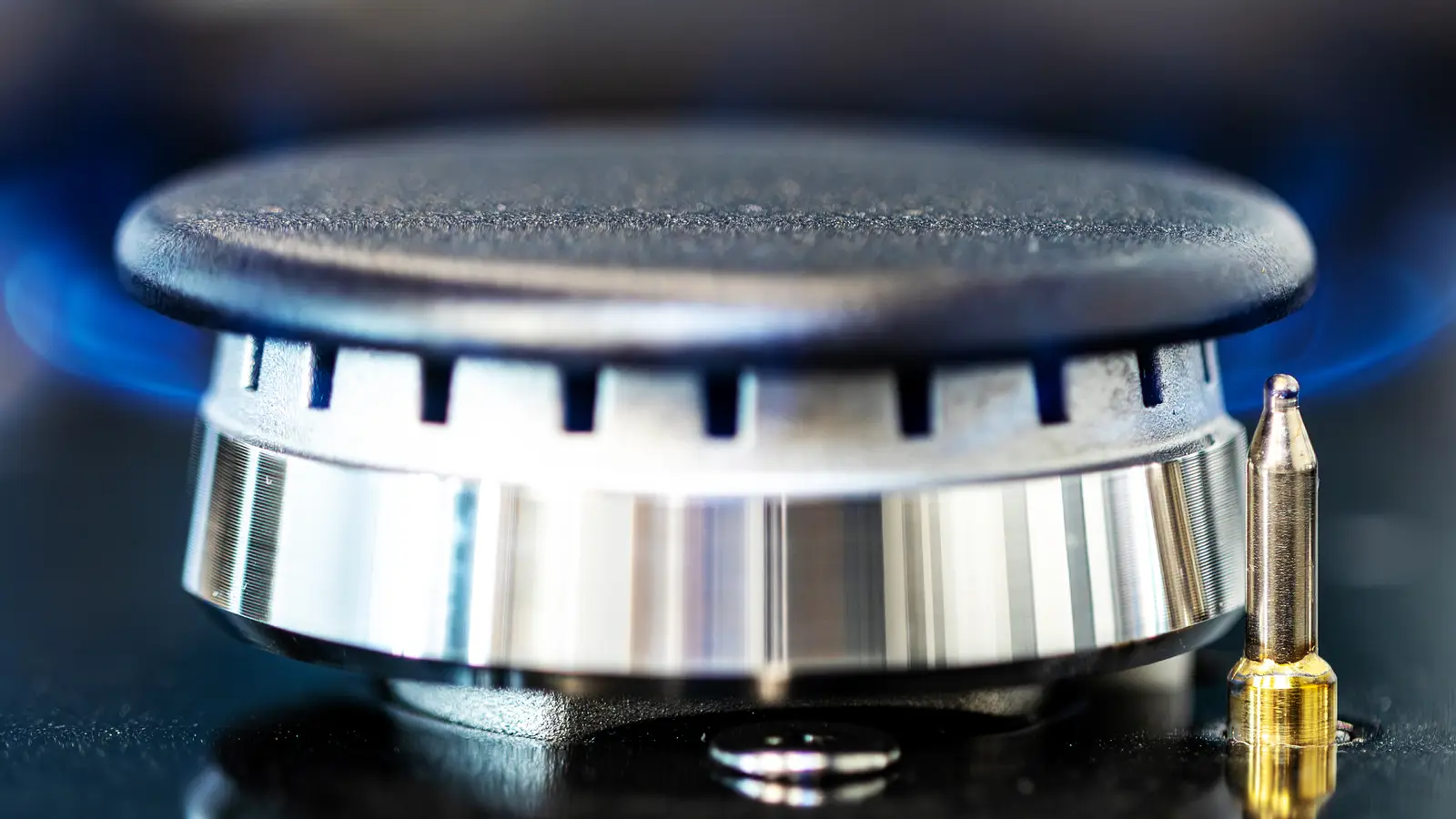
Find out if you can plug a gas hob ignition into a normal socket, plus safety rules and installer guidance....
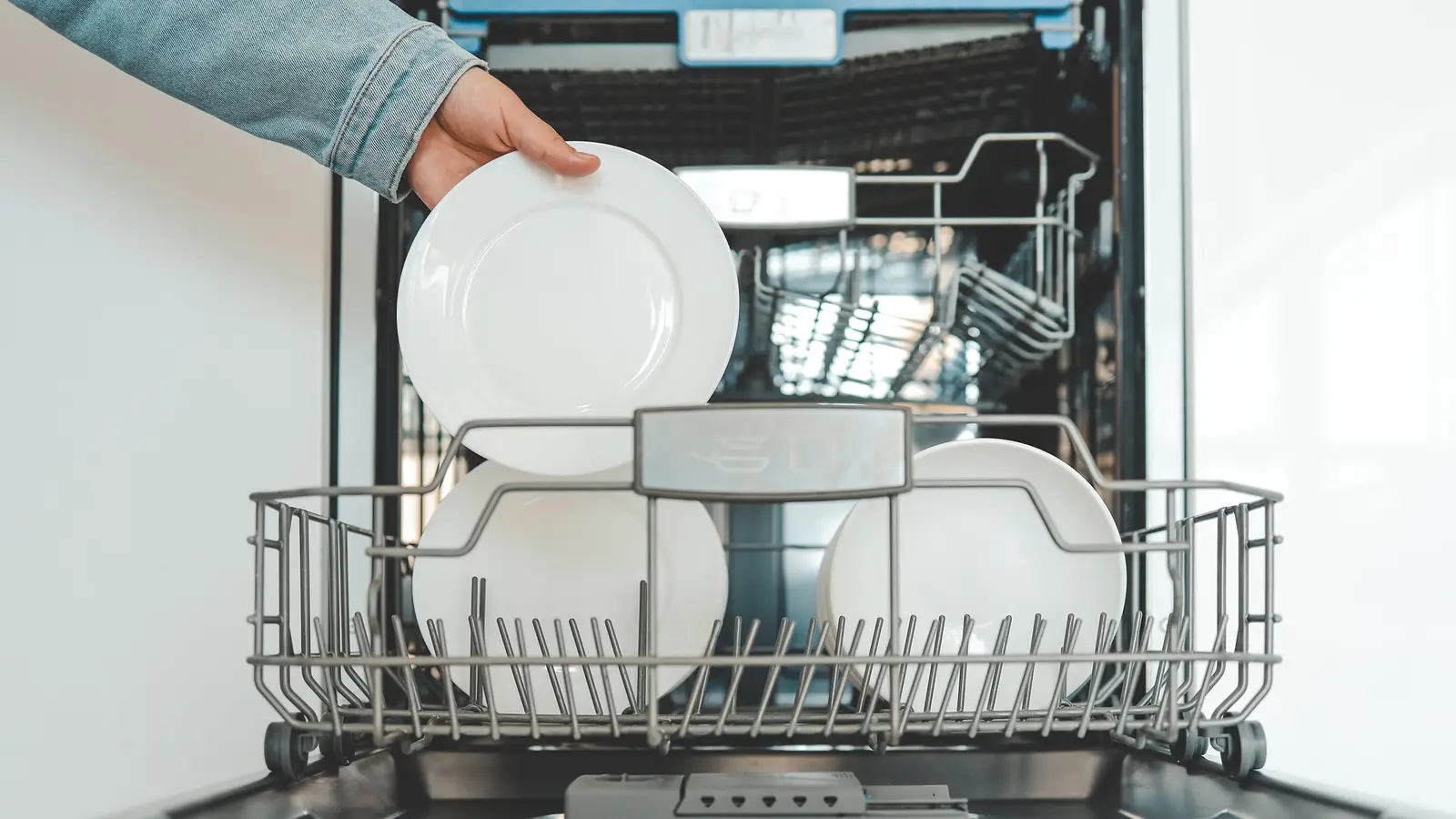
Learn what dishwasher salt and rinse aid do, why they matter, and when to refill them for the best cleaning...
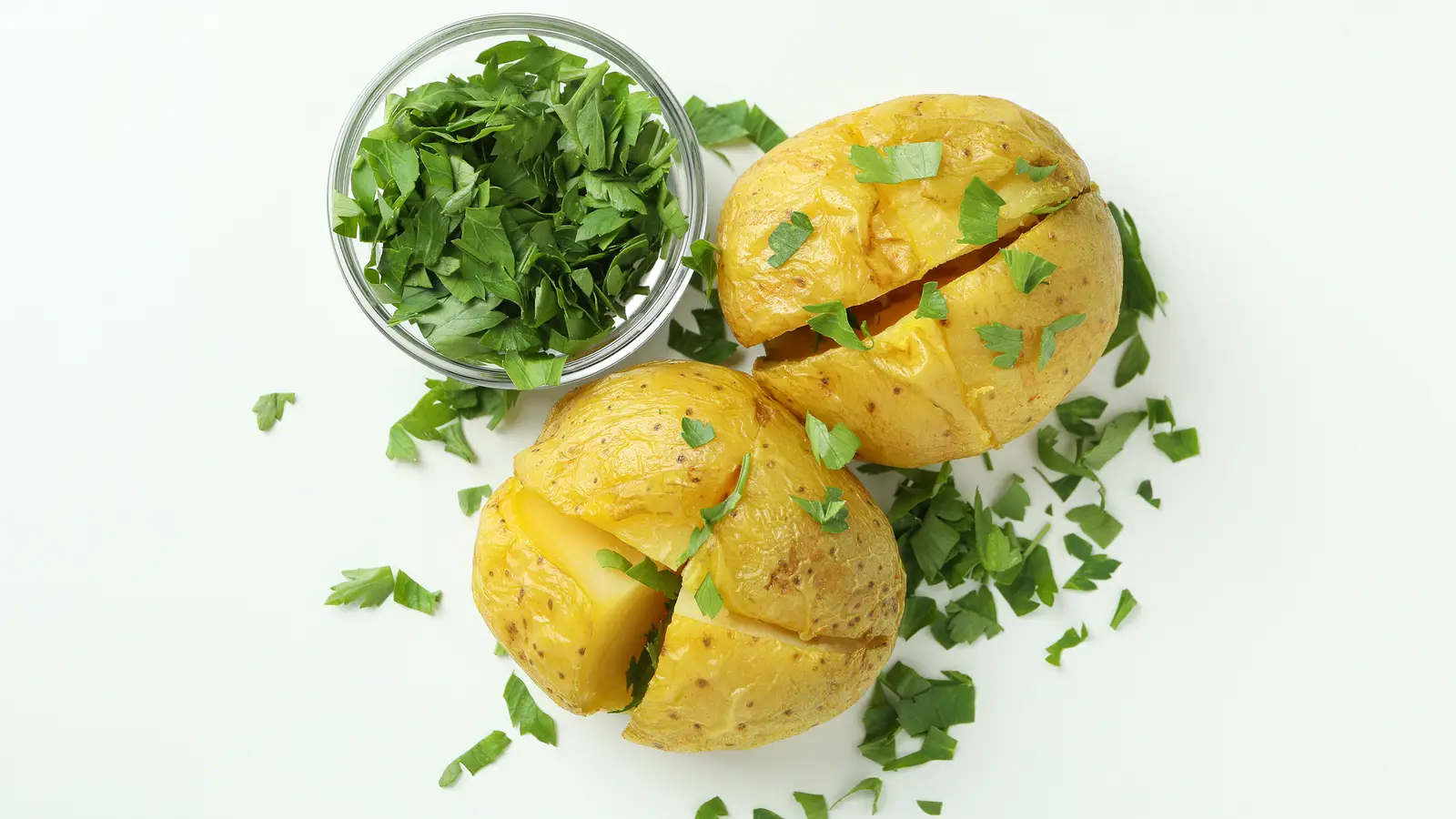
Learn how to cook the perfect jacket potato with crispy skin and a fluffy centre. Quick, simple steps for oven...
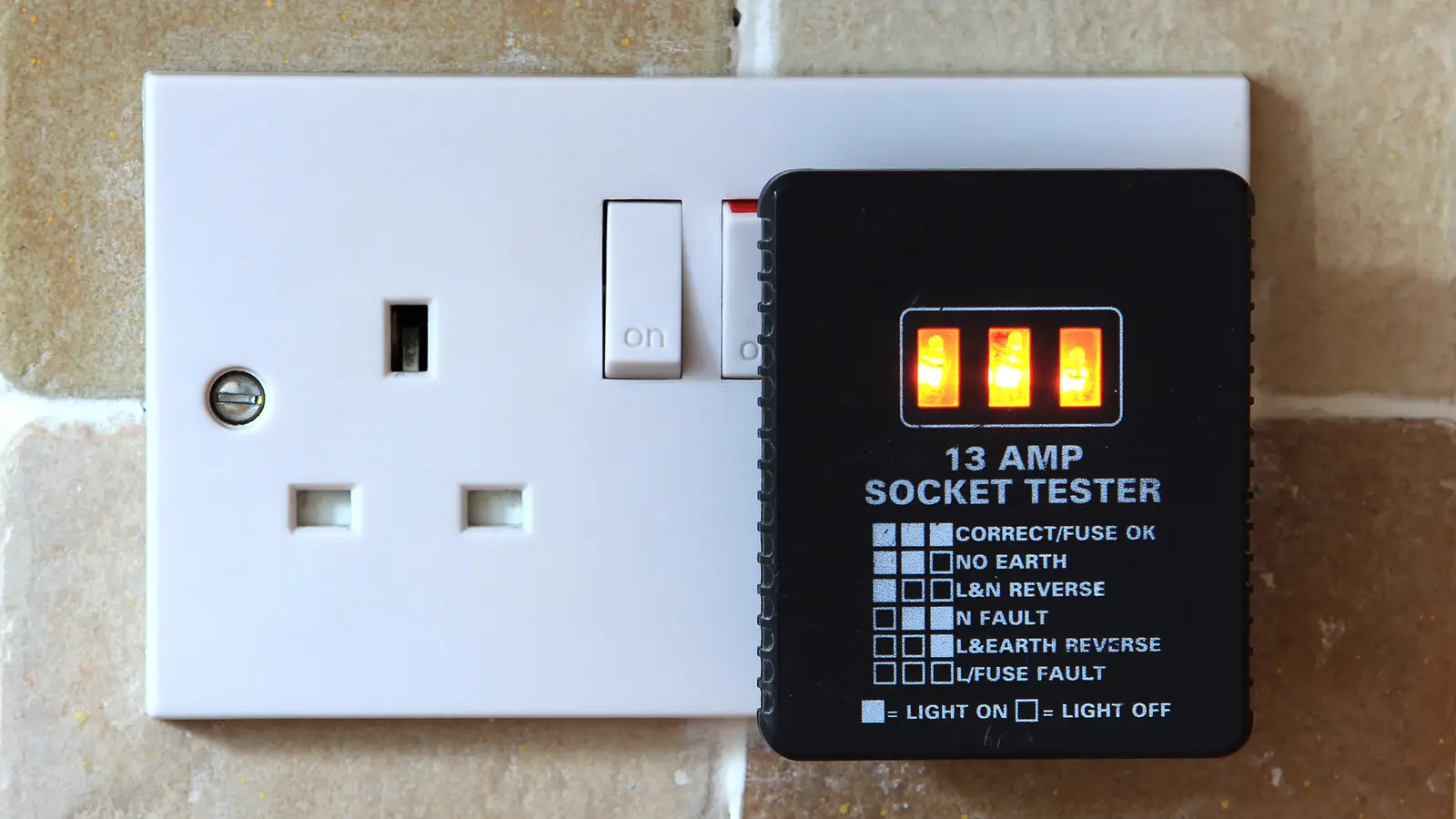
Find out if you can plug a dishwasher into a normal UK socket and what safety rules apply. Quick, clear...

Unsure if a microwave & grill combo can use a normal UK socket? Learn the rules, wattage limits and safety...